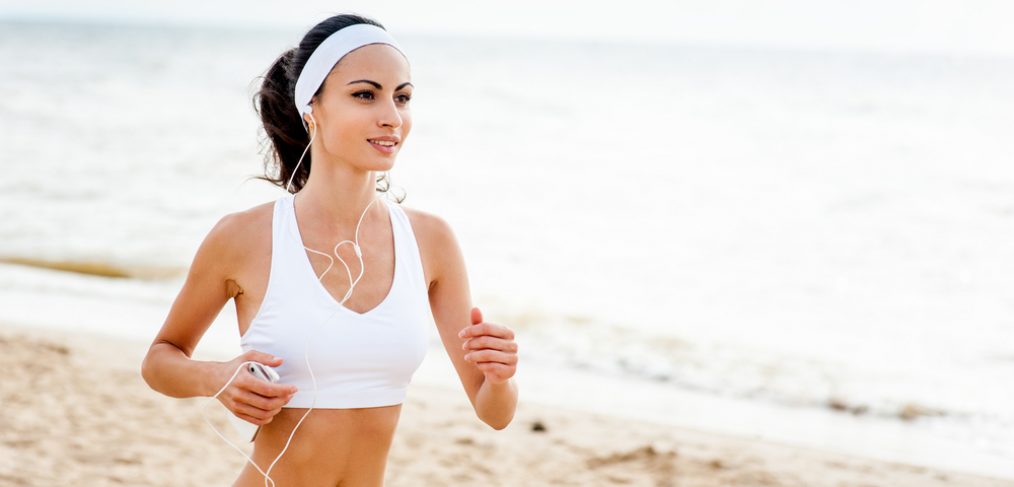“There are only two things I love in this world: everybody and television.” This is a quote from Kenneth Parcell, the character played by Jack McBrayer on “30 Rock.” Every TV sitcom has its optimist. The against- the -odds type who insist on seeing the good side of every situation. On “Modern Family”, it’s Phil Dunphy, the lovable, if naive, father who says, “When life gives you lemonade, make lemons. Life will be all like ‘what?!'” Then there’s Ellie Kemper’s character who plays Erin on “The Office” who thinks disposable cameras are meant to be thrown out before the film is developed and throws the camera in the bin with a smile on her face. Laugh at them though we might, it seems like these charmingly oblivious characters may be on to something. A longer life.
Optimism and Longevity
Researchers at Harvard University have found that a having a highly optimistic outlook may lead to a reduced risk of an early death from heart disease, stroke, and cancer. According to co-author Eric Kim, there are three possible explanations for the connection. ‘The first is that optimistic people just tend to act in healthier ways and there are a lot of studies showing that optimists eat healthier, they exercise more,” said Kim.
Another theory has to do with coping abilities. Optimists tend to accept disagreeable circumstances more easily and adapt accordingly. They are also more likely to seek support from friends and family.
The third, and perhaps most interesting, reason is that optimism has a direct impact on biological function and is associated with more antioxidants and less inflammation. The 2004 Nurses’ Health study measured the optimism level of 70,000 women by asking them questions about subjects including expectations, relaxation, and social activities. They found that the more optimistic ladies had an almost 30% lower risk of death from major diseases than the other women.
Can We Control It?
Researchers say that about 25% of our optimism is genetic and the rest is up to us. Kim says, “Some of it is within our control; some is not…” and, “some people just don’t want to be more optimistic-its a preference and I think we should respect that. I don’t think we should push it upon people.”
Increasing Optimism
If you are sworn to cynicism, you are not alone. After all, we all identified with Garbage singer Shirley Manson when she crooned about only being “happy when it rains.” However, if you want to take a page from the books of the Phil Dunphys among us, here are some ways to keep optimism in the forefront.
- Take some time before going to bed to think about everything you have to be grateful for.
- Keep a list of the kind acts you’ve performed.
- Separate the different aspects of your life; friends, family, job, relationship and jot down your version of the best expectations you have from each of them.
- Spend 20 minutes a day imagining what your life would look like if all these aspects lived up to those expectations.
If you are a real life optimist, we would love to know how you do it. Please send input and advice! We love to hear from you!













